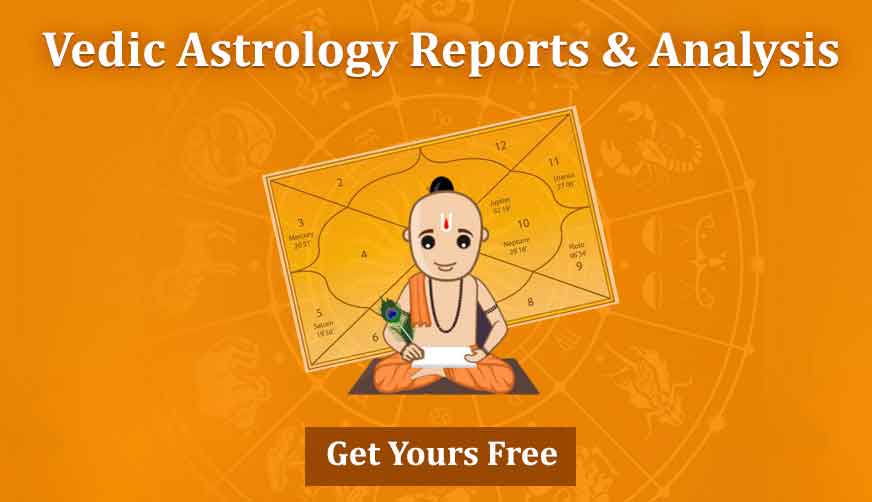Ayanamsa Chitrapaksha
The angular difference between the vernal equinoctial point and sidereal zodiac is known as Ayanamsa. Let us now understand the astronomical latitude along with Ayanamsa. Ayanamsa is the Sanskrit term in Indian astronomy for the amount of precession. Traditional Vedic astrology used this system of sidereal longitude for making predictions. When the practitioners use modern astronomical calculations to determine the position of celestial bodies, they take into consideration the differences caused by the different reference point used in specifying the longitude, which is called Ayanamsa. Some orthodox schools of Vedic astrology reject modern astronomy and still use Ayanāmsa according to Surya Siddhānta.
Why Chitrapaksha Ayanamsa?
When the sun’s ecliptic path crosses from the south to north and meets celestial equator at the vernal equinox, which is the first point of Aries, this point is not fixed and equinox moves westward with reference to a fixed star. In Nirayana system this star is fixed with respect to a distant star Chitra which is 180° away from this point. The difference between this fixed point and vernal equinox is known as Ayanamsa which separates the Nirayana system from Sayana, and this difference is called Chitrapaksha Ayanamsa.
Procession of the equinox as mentioned above takes place because of wobbly motion of earth as its bulging at the equator. The Moon and The Sun exert gravitational pressures which leads to slight change in rotation of earth on its axis. This procession of the equinox creates Sayana and Nirayana system.The procession of the equinox is nearly 50.29 seconds of arc per year. At present the Ayanamsa is approx. 24°.
Ayanamsa Chitrapaksha gives the correct position of astronomical data in advance to plan and perform events accordingly. It is believed that our present will be strong and perception accurate only if we know the shape of the future. It helps in determining the accurate position of celestial bodies i.e. The Sun, the Moon, Mars, Mercury, Jupiter, Venus, Saturn and mean Rahu for every day at 5.30 a.m. IST and Herschel, Neptune and Pluto at every six days interval.
A lot of vedic study has been performed to determine Ayanamsa Chitrapaksha. Ayanamsa calculations are useful for all practical purposes like calculation of accurate Yoga for the day, making Varshaphala and calculating Dashas.
Let's talk about Uttarayana and Dakshinayan In Ayanamsa.
Uttarayana
There are two Ayanas. The first is Uttarayana when the Sun starts its northerly course at winter solstice from tropic of Capricorn. Uttarayana begins from Makar Sankranti and ends on Mithuna Sankranti. In this, the duration of the day increases with every passing day. The Hindu Ritus are related to Ayanas. The Ritu of Shishir, Basanta and Grisham are related to Uttarayanam.
Dakshinayan
The Sun is known to be in Dakshinayan from Karka Sankranti till Dhanu Sankranti. The duration of the night increases with every passing day in this. The signs of Sankranti told in this are not tropical which means these are sidereal. There are two hemispheres. If the universe is divided into 2 parts, so that the northern pole is above the middle line and the southern pole is below the middle line. Then, the former part will be called northern hemisphere and the latter part is known as southern hemisphere.The Ritus of Dakshinayan are Varsha, Sharad and Hemant are related to Dashinayan.






